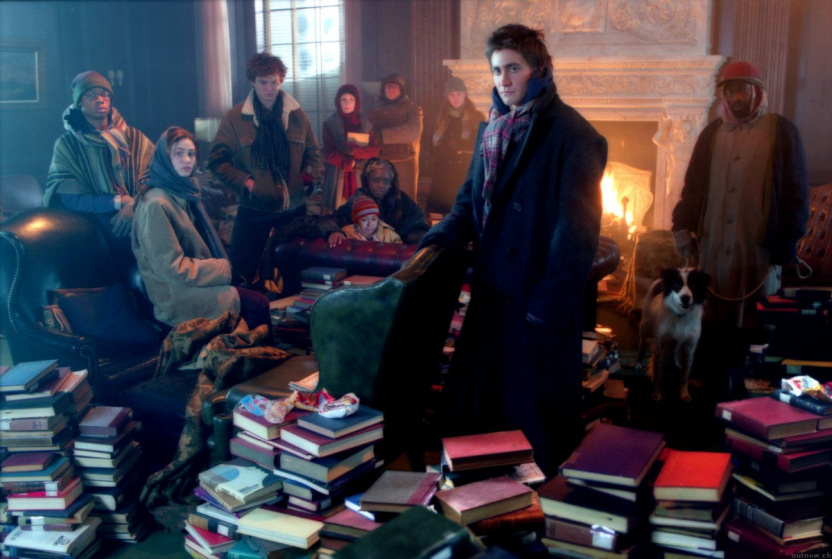research and destroy new york city
※
|
———— 1. NYU’s Power Plant
New York University, the city’s third largest landowner, is currently running on its own separate power grid. On the night of the blackout, nearly all of its properties dotting Manhattan’s Greenwich Village were lit up and they remain so tonight, even though many are empty—save perhaps the tortured souls of all the slaves who were lynched across the street in Washington Square Park and whose bones are literally the foundation of NYU’s vast enterprise. The university’s electricity cogeneration plant, located at 251 Mercer St, stretches a block underground and accounts for nearly a third of the school’s electricity usage on a normal day. With the rest of lower Manhattan in the dark, the plant has been put into high gear to satisfy NYU students’ thirst for power as they feverishly check and re-check their Facebook walls and study for midterms that will never come. The monolithic Kimmel Center, erected a few years ago after a contentious battle with local residents, is serving hot meals and WiFi to students in dire need of access to their Netflix queue. NYU ID only—no locals allowed. Just as a cogeneration plant runs on waste heat, the power of the coming insurrection will be generated from the industrial-scale processing of bureaucrats everywhere. During the coming insurrection, we promise that the university’s administration and its corporate board of trustees will be subjected to the midterm of their lives. 2. The Armories
Politicians are a different story. As the sun set on lower Manhattan earlier tonight, Chinatown residents massed in a public square to get the bottled water that the city had promised them. After much waiting, it was revealed that the water was already there and that what the volunteers were really waiting for was the Mayor’s arrival. Reporters and photographers in tow, he had to be seen personally handing out the bottles. Similarly, New York State’s senior Senator was observed early this morning at the Barclays Center in Brooklyn walking gingerly alongside a bus queue hundreds of people long, shaking hands, mugging for the news cameras, and telling people to “keep the faith.” For all those currently lined up in queues across the city, one thing is becoming increasingly clear: When Mayor Bloomberg speaks of “recovery,” what he means is the recovery of Wall Street. As the New York Stock Exchange opened this morning on emergency power, elderly and disabled people mere blocks away remained virtually stranded in their NYCHA housing by authorities who preemptively cut off water and power—including heat and elevators—to their buildings, many of which reach upwards of 20 stories. Reports of volunteers finding infirm 80-year-old residents wailing in pitch black stairwells with no way to descend are heartbreaking and proliferate. But perhaps they can hear the opening bells of the stock exchange and take comfort in knowing that the gears of finance are turning, grinding, moving ever forward in a veritable flood of meaningless numbers and transactions. 3. The Casinos
The people of Atlantic City have been underwater for decades. All the while, oxygen tanks roll, penny slots wheeze, and the cards fall where those in power choose. Even the machines know their math: the more you play, the better their heuristics—and the worse your odds. 4. The Libraries
——————
|
※
home
